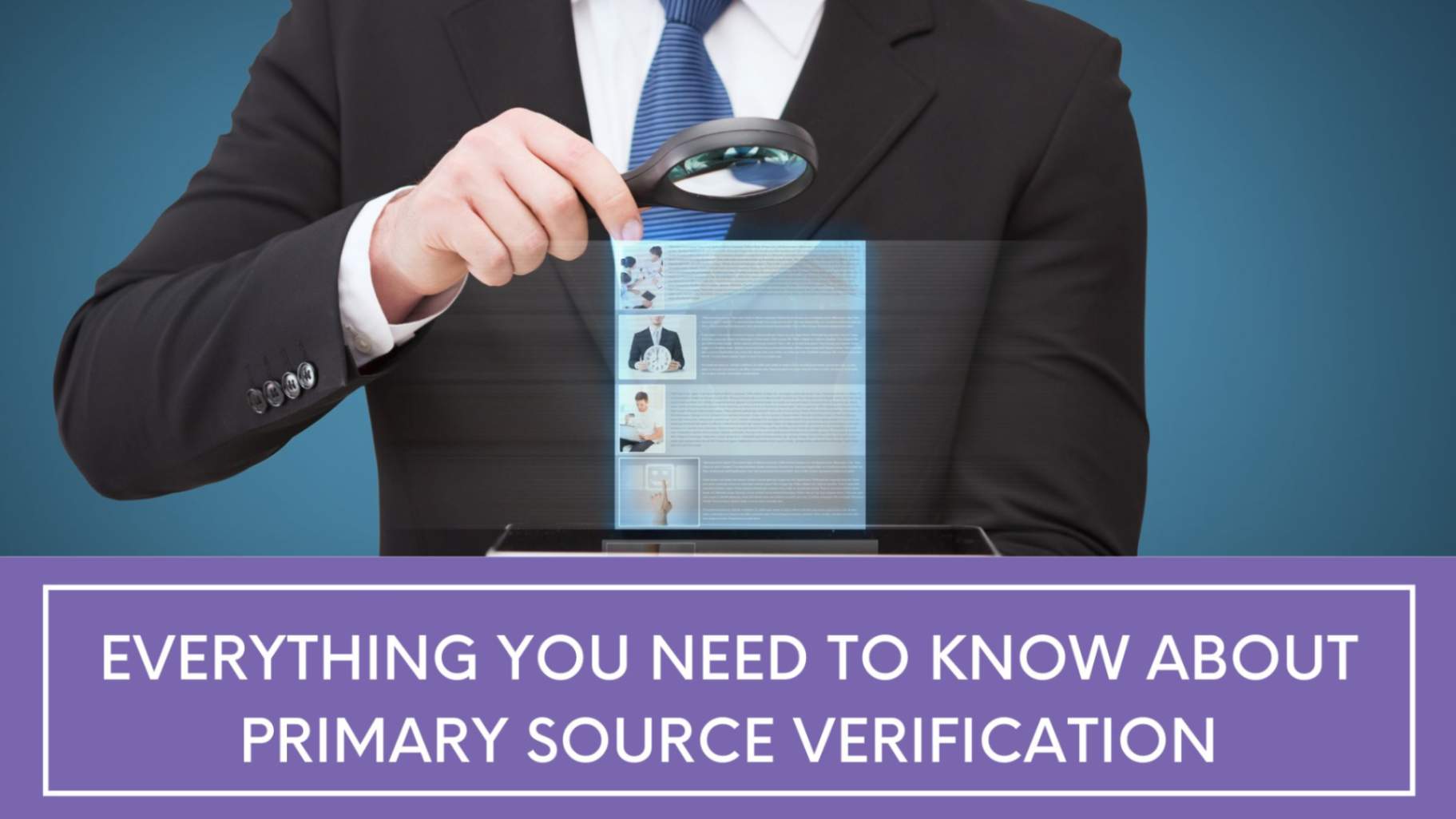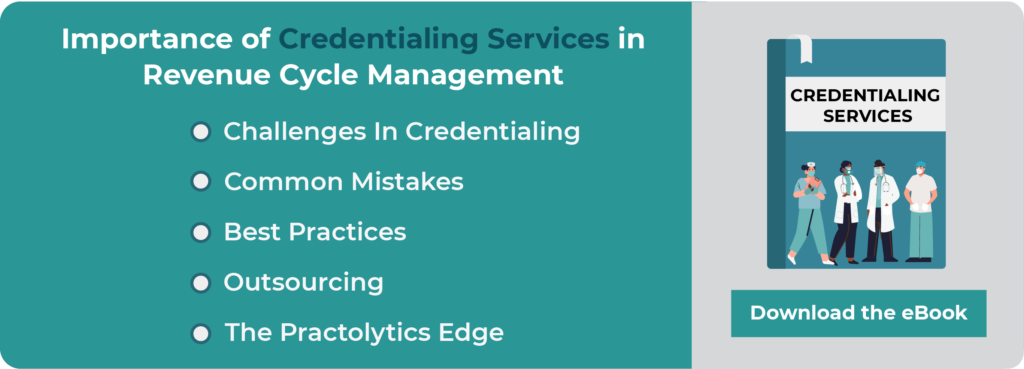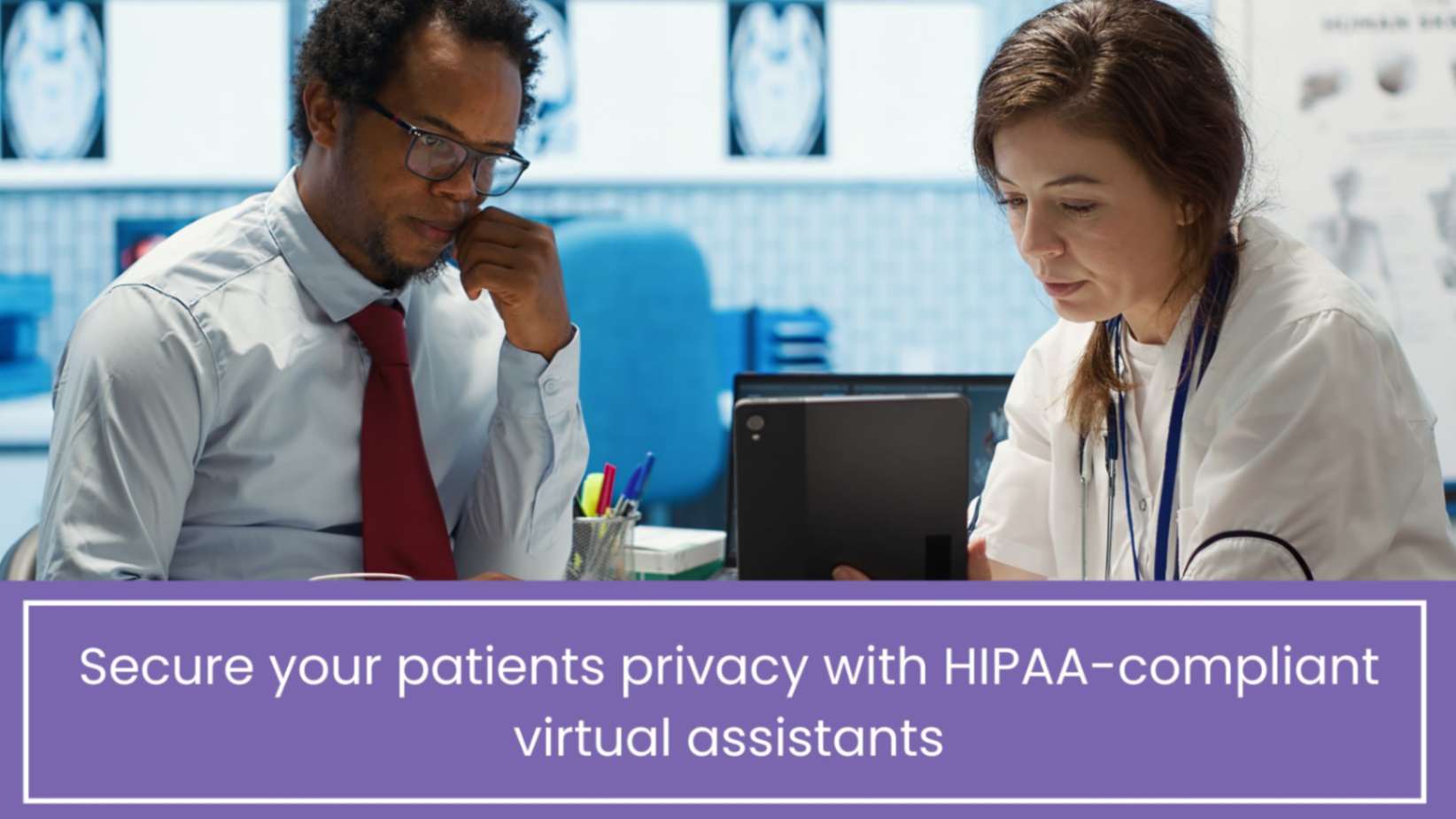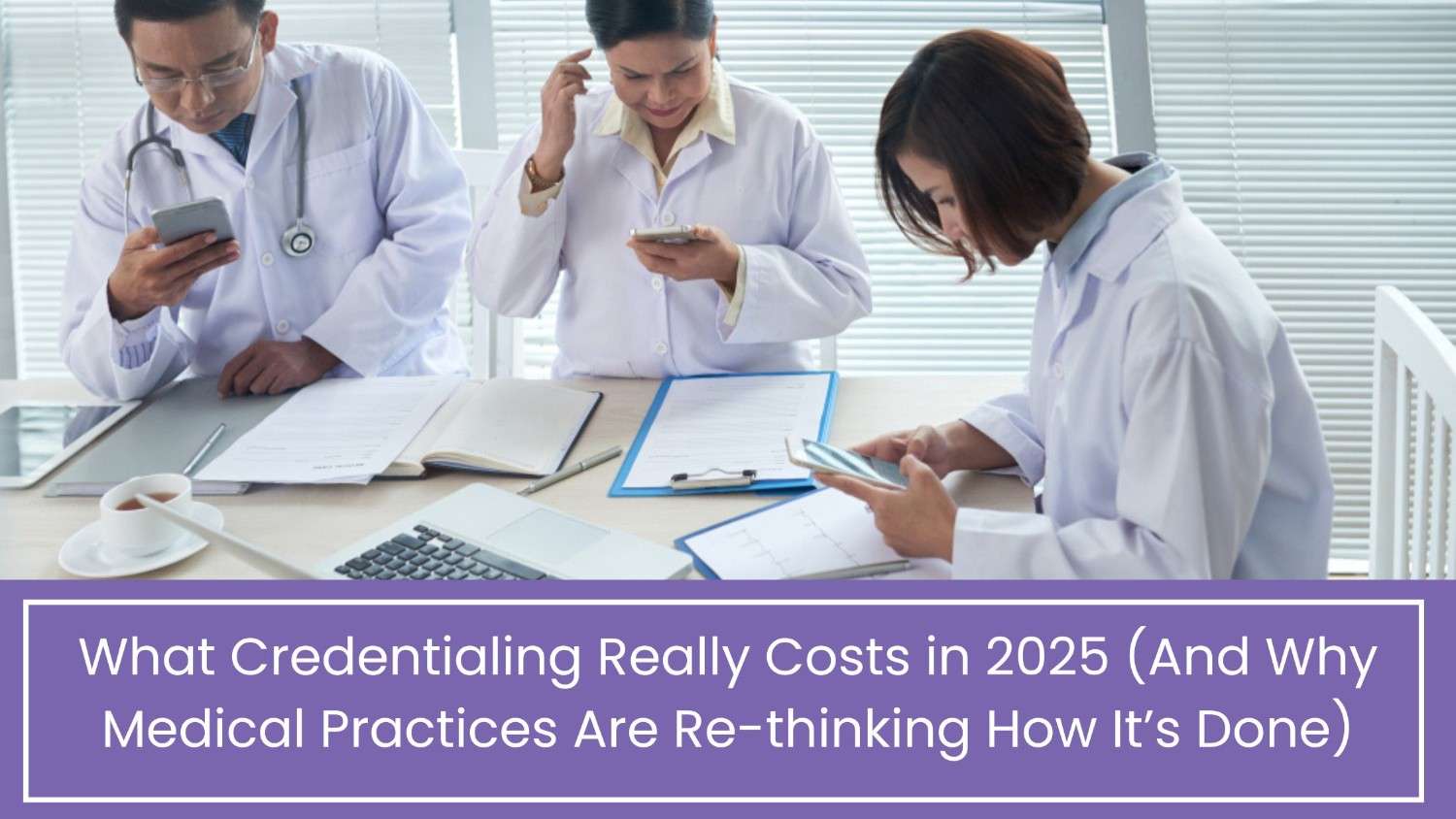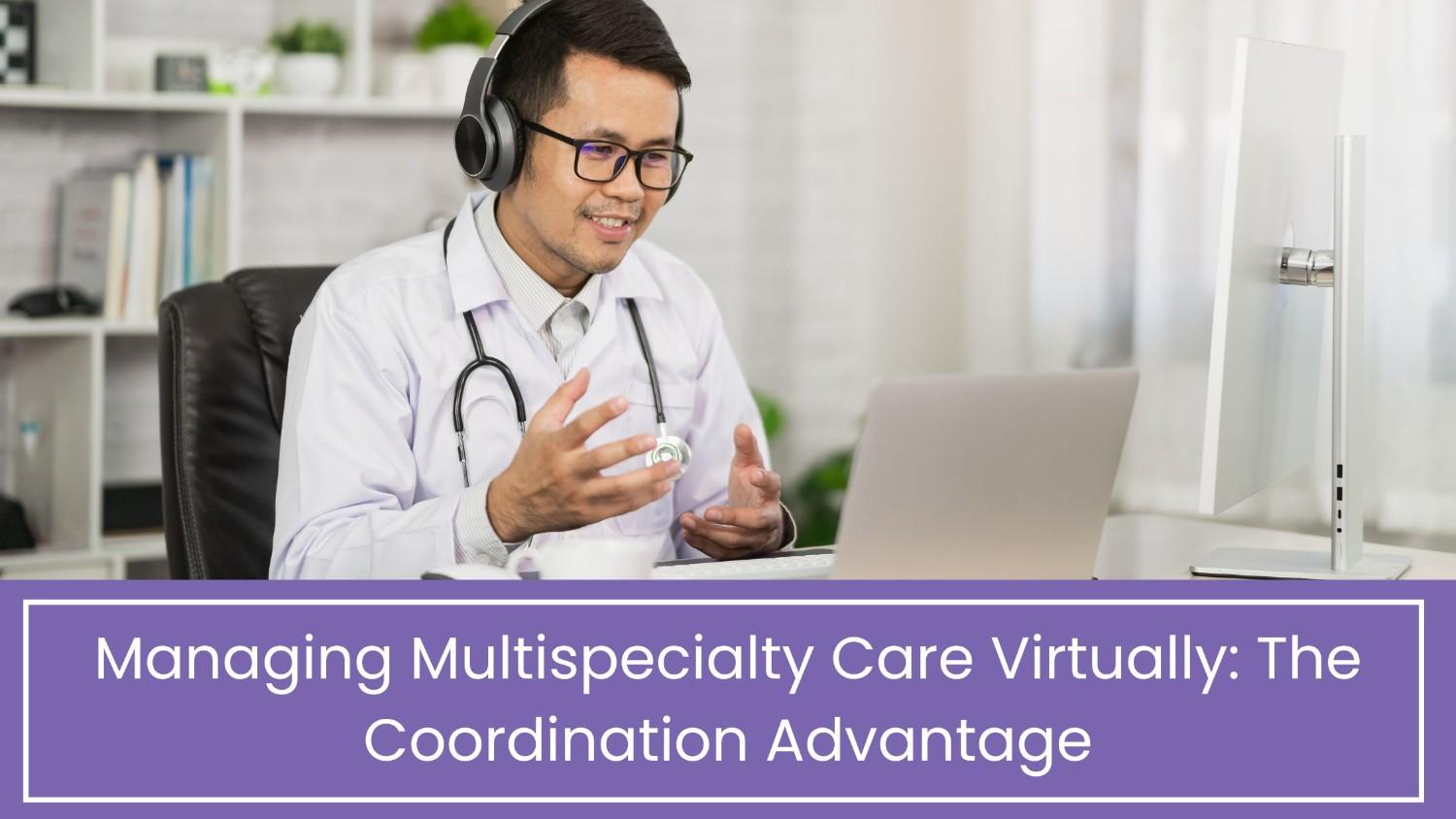Everything You Need to Know About Primary Source Verification
Hiring for your health – care business with the right personnel begins with assuring that candidates meet all of the necessary standards. Although it would be great for all candidates to present an authentic experience record, there is always the possibility that a candidate has not been totally genuine about their qualifications. Primary Source Verification (PSV) comes into play here.
Primary Source Verification (PSV) is really a crucial stage in the healthcare credentialing procedure that businesses must truly understand. Below is a guide about what PSV (Primary Source Verification ) is, how to utilize it, and how it sits in your healthcare credentialing framework to assist you to prevent compliance difficulties and acquire a better grasp of what it could achieve for your business.
Table of Contents
What is PSV?
The authorized method of acquiring, evaluating, and validating legitimate credentials, certificates, or licenses of a healthcare professional who will be delivering treatment at any healthcare facility with the “Primary Source” is known as primary source verification (PSV). PSV is the specialized technique that refers to the direct interaction your firm has with the reputable company or government institution that granted a candidate’s credentials. It isn’t to be muddled with the overall credentialing method of acquiring and verifying a wide range of documents.
We frequently see organizations procrastinate on this step because it is simply one of several steps in completing the healthcare credentialing cycle. We highly recommend healthcare centers & clinics adopt Primary Source Verification (PSV) a permanent baseline when recruiting, in order to safeguard patients and prevent compliance implications.
What is a Primary Source?
A primary source is explicitly defined as a group, authority, or individual who voluntarily contributes data for evaluation. The primary source could be the university or institution that gave the candidate’s first degree/ Bachelor’s degree, for instance, if you were seeking it for verification purposes. The following are a few accepted primary sources:
i) The federal & state government bodies.
- Licensing boards.
- Permits.
- NPDB.
- State-issued Certificates.
- Background Verification.
- Criminal Record.
ii) Professional Institutions.
iii) Hospitals/Previous Employers.
iv) Professional Groups.
- Professional Credentials.
v) Individuals
- Reference from Peer.
- Professional Associations.
vi) Authorized Parallel Sources – sources other than the primary source which are approved by the Joint Commission.
- Masterfile of AMA Physicians.
- Certification by the ABMS Board.
- Pre-Doctoral Education Certified by the AOA.
- FSMB Discipline Databank Intervention.
As an administrator, your top objective must be to reach out to reliable sources & formulate effective inquiries in advance in order to uncover any potential abnormalities in a staff’s background. There could be instances when it is impossible to contact an organization, particularly if a previous hospital hiring institution has shut.
In these situations, you must record every action you attempted to get in touch with the main source or approach a secondary source. Secondary source validation includes getting written testimony from successor groups, finding documentation that was transferred to other sources, and getting in touch with hospitals nearby that might be able to provide more insight.
What Is the Significance of PSV?
Sadly, fabricating certifications isn’t really impossible. Forging this documentation is prohibited, but advanced technology makes it increasingly simpler for people to just get away with false proof. Businesses that fail to do effective Primary Source Verification risk acquiring inaccurate, prejudiced, or made-up data. The most serious implication of this mistake is that quality care for patients is jeopardized.
Apart from the Joint Commission, important participants in the healthcare business like as the AMA, State Health Boards, as well as the majority of government medical institutions need verification of a PSV. These groups keep clinicians accountable & warn them that prescribing medication without the required licenses is unethical in all jurisdictions and therefore can end in prison time. It also entails significant penalties and legal implications for the institutions concerned. We encourage gathering and accurately confirming as many original sources as feasible for the security of your patients and also the credibility of your institution.
How Does the Process of Verification Work?
The Joint Commission, a primary healthcare organization accreditor within the U.S., stipulates that it is the certified organization’s responsibility, not that of the clinician in question, to get the necessary evidence from an actual source. For compliance reasons, it is also necessary to record the verification time, the verifier, as well as the verification’s findings.
You can get verification in person, by phone, online, thru a website, or in the paper. Since this procedure typically needs to be handled by hand, many healthcare organizations struggle with its administration. For hospitals and other medical providers that are prone to human error, this drawn-out, complicated procedure results in higher human capital expenditures. Because of this, 83% of healthcare companies have switched to fully or substantially automated credentialing handling.
In the end, using healthcare credentialing tools or perhaps an external partnership for healthcare credentialing is considerably more feasible for PSV. Your employees will benefit from a more simplified credentialing procedure and from being freed of lengthy, hard hours by outsourcing the entire PSV operation to a credentialed verification business. Enhancing your healthcare credentialing database is essential to correctly validate licenses, prevent legal action, and save dollars.
Final Thoughts
Ultimately, it is the duty of every medical institution to safeguard its patients by guaranteeing that its physicians are properly certified and trained. Developing the finest credentialing procedure, including PSV, must be at the top of all recruitment agendas. By adopting a reliable automated PSV- Primary Source Verification process through a credentialed verification provider like Practolytics, businesses can expect an enhanced workflow which can save time & dollars while avoiding potential penalties and litigation.
Practolytics, as a reliable partner, knows what healthcare facilities require to avoid healthcare credentialing & verification difficulties. Contact us right away to minimize the complexity of Primary Source Verification (PSV) and safeguard your compliance.
ALSO READ – 5 Tips for Mental Practices to Meet Credentialing Standards
Talk to Medical Billing Expert Today — Get a Free Demo Now!


